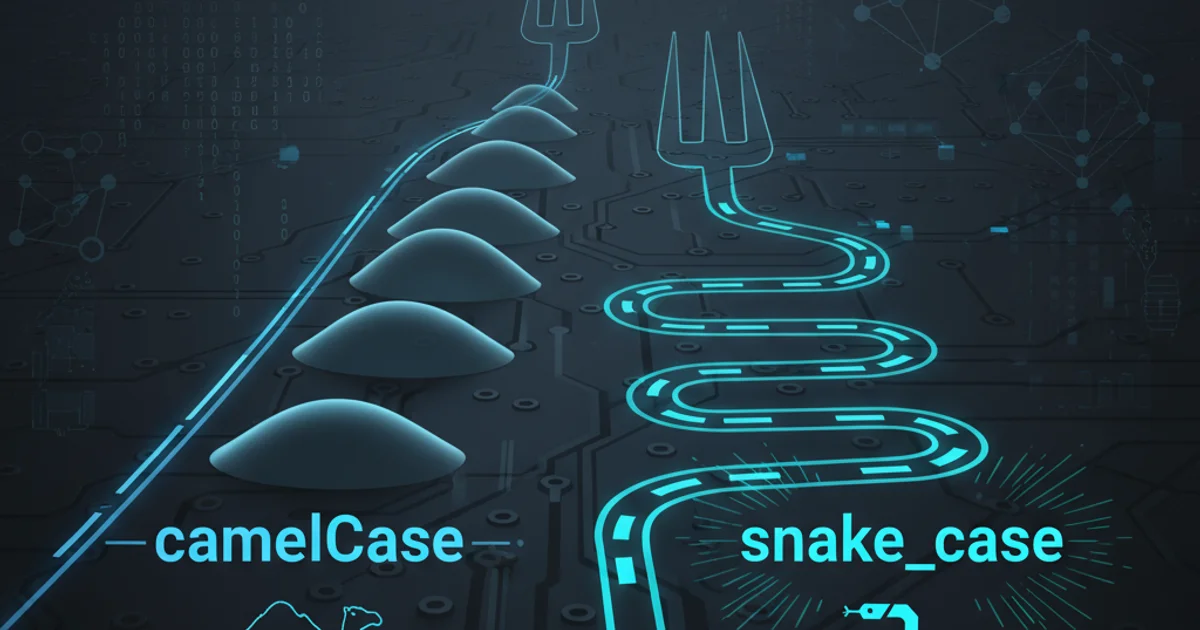Is there a C++ decompiler?
Categories:
The Quest for a C++ Decompiler: Understanding the Challenges and Tools

Explore the complexities of decompiling C++ binaries, the limitations of current tools, and what to expect when attempting to reverse-engineer compiled C++ code.
The question of whether a 'C++ decompiler' exists is common among developers and reverse engineers. Unlike languages that compile to bytecode (like Java or C#), C++ compiles directly to machine code, making true, high-fidelity decompilation a significantly more challenging task. This article delves into the realities of C++ decompilation, the tools available, and the inherent difficulties involved.
Why C++ Decompilation is Hard
When C++ code is compiled, several crucial pieces of information are lost. High-level constructs like classes, objects, templates, and even variable names are often optimized away or transformed into low-level machine instructions. The compiler performs extensive optimizations (e.g., inlining functions, reordering instructions, removing dead code) that further obscure the original source code structure. This process is irreversible in a straightforward manner, making it impossible to perfectly reconstruct the original C++ source from its compiled binary.
flowchart TD
A[C++ Source Code] --> B{Compiler}
B --> C[Machine Code (Binary)]
C --> D{Decompiler?}
D --"Loss of high-level info"--> E[Assembly/Pseudo-code]
E --"Manual analysis"--> F[Reconstructed C++ (Imperfect)]
style D fill:#f9f,stroke:#333,stroke-width:2pxThe C++ Compilation and Decompilation Process
Available Tools and Their Capabilities
While a perfect C++ decompiler doesn't exist, several powerful tools can assist in reverse engineering C++ binaries. These tools typically produce pseudo-code (a C-like representation) from assembly, which then requires significant manual effort to interpret and refine. They are invaluable for understanding program logic, identifying functions, and analyzing data structures, but they won't give you the original source code back.
Here are some of the most prominent tools:
1. IDA Pro (Interactive Disassembler Professional)
- Industry standard for disassembling and decompiling.
- Includes a powerful Hex-Rays Decompiler plugin for C/C++.
- Generates highly readable pseudo-code, but still requires manual analysis.
2. Ghidra
- Open-source reverse engineering framework developed by NSA.
- Features a robust decompiler that supports various architectures.
- Excellent for static analysis and scriptable via Python.
3. Radare2 / Cutter
- Open-source reverse engineering framework (Radare2) with a GUI (Cutter).
- Offers disassembler, debugger, and a decompiler (R2dec).
- Highly flexible and scriptable, with a steeper learning curve.
4. Binary Ninja
- Commercial reverse engineering platform with a focus on usability.
- Provides a strong decompiler and powerful API for automation.
- Known for its intuitive interface and good support for various architectures.
Key C++ Reverse Engineering Tools
What to Expect from Decompiled C++
When using a decompiler on a C++ binary, you should expect to see something resembling C code, not necessarily the original C++. Key differences include:
- Loss of Object-Oriented Constructs: Classes, inheritance, and polymorphism are often flattened into C-style structs and function pointers.
- Mangling: C++ name mangling (used to support function overloading and namespaces) will be present in function names, making them difficult to read without demangling.
- Optimized Code: Compiler optimizations can make the pseudo-code look very different from the original source. Loops might be unrolled, variables might be reused, and control flow might be altered.
- Missing Type Information: Unless debug symbols are present, variable types and function signatures might be inferred incorrectly or remain generic.
- Manual Reconstruction: Significant manual effort is required to rename variables, reconstruct data structures, and understand the program's high-level logic.
// Original C++ code snippet
class MyClass {
public:
int add(int a, int b) { return a + b; }
};
int main() {
MyClass obj;
return obj.add(5, 3);
}
Example Original C++ Code
// Decompiled pseudo-code (simplified example)
// Note: Names and types are often generic or mangled
int __cdecl sub_401000(int a1, int a2) {
return a1 + a2;
}
int main() {
int result;
result = sub_401000(5, 3);
return result;
}
Example Decompiled Pseudo-code (Illustrative)